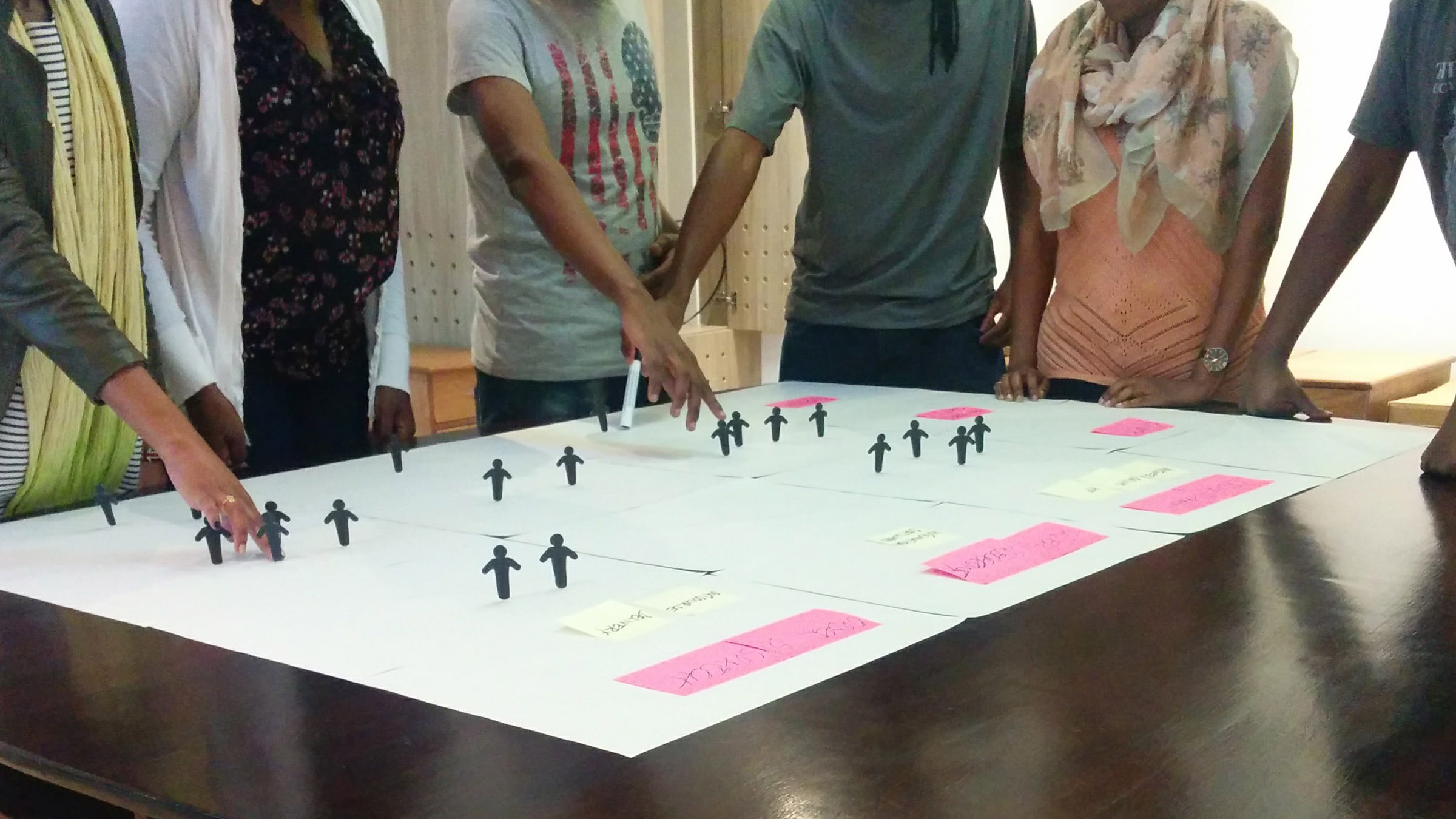Business Process Mapping
Business processes are critical to the success of any business. Getting your processes right greatly influences the survival and growth of your business.
Kenya has seen a rise in small enterprises owned by business owners who experienced rapid growth, but eventually hit a growth wall. The ability to grow their business further is hampered by the lack of legacy business processes.
Regular and conscious assessing and adapting of business processes to the changing business environments is critical for continuous growth in any business.

Approach
Business process mapping is the practice of outlining and analysing all the operations and activities involved in the production of a business product or service.
This mapping requires the involvement of all stakeholders in the business operations and activities. Usually, all the processes are visually illustrated, in the sequence in which they are executed. The flow compromises all activities that make up the business’ day-to-day operations.
The review of business processes should be a prioritised and regular activity to:
- streamline processes that increase efficiency and add value to products & services
- accomodate the continuously changing business environment,
- innovate by exploring new ways of executing your operations.
Innovating on business processes has been the competitive strength of businesses such as UPS or Amazon. Their process innovations have leveraged functional and technological capabilities, that translated into proprietary processes which their competitors couldn’t easily or quickly replicate. This enabled them to become leaders in the market, and maintain their competitive position in the market year after year.
Business process mapping involves the following steps:
- As-Is Process Mapping
- Process Assessment
- To-Be Process Mapping
- Testing
As-is Process Mapping
Capturing the flow of procedures and activities as they currently are. Also, focuses on the translation of the processes and activities into a sequential flow: based on how the processes are performed (i.e. start to finish).
The map not only outlines all procedures and activities, it also outlines all the personnel, inputs and outputs involved in each step along the flow.
This requires the involvement of all stakeholders to ensure that all procedures and activities are captured.
Process Assessment
The analysis and evaluation of procedures and activities outlined in the As-Is process mapping, against a set of metrics. This is based on the needs of the business to ascertain the efficiency and value of individual processes. The most common metrics used are time, personnel and costs.
This step is where innovation of business processes happens. The critical assessment of business processes can:
- ensure all business operations remain relevant to the business
- highlight opportunities for optimising business processes
- reveal opportunities for increasing the portfolio of offerings
To-Be Process Mapping
This is the mapping of the ‘new’ process flows, based on the changes that were made during the process assessment step.
The ‘new’ process maps outlines the new flow of procedures and activities, personnel, inputs and outputs involved in each step along the flow.
Testing
The stress-testing of the to-be process map to confirm the feasibility and success of the improvements made to the business processes. This is done by running real-life scenarios based on the new process map, with the participation of all stakeholders, to ensure that the to-be process map works as expected, before it is implemented by the business to replace the ‘old’ procedures and activities.

Conclusion
Business process mapping is becoming a more frequent requirement for businesses to undertake. This is due to the continuous globalisation of the market and the rapid technological changes that are quickly changing the business landscape.
Savvy businesses continuously review their processes to adapt to these changes. It allows them to leverage the new opportunities presented by the changing business landscape.